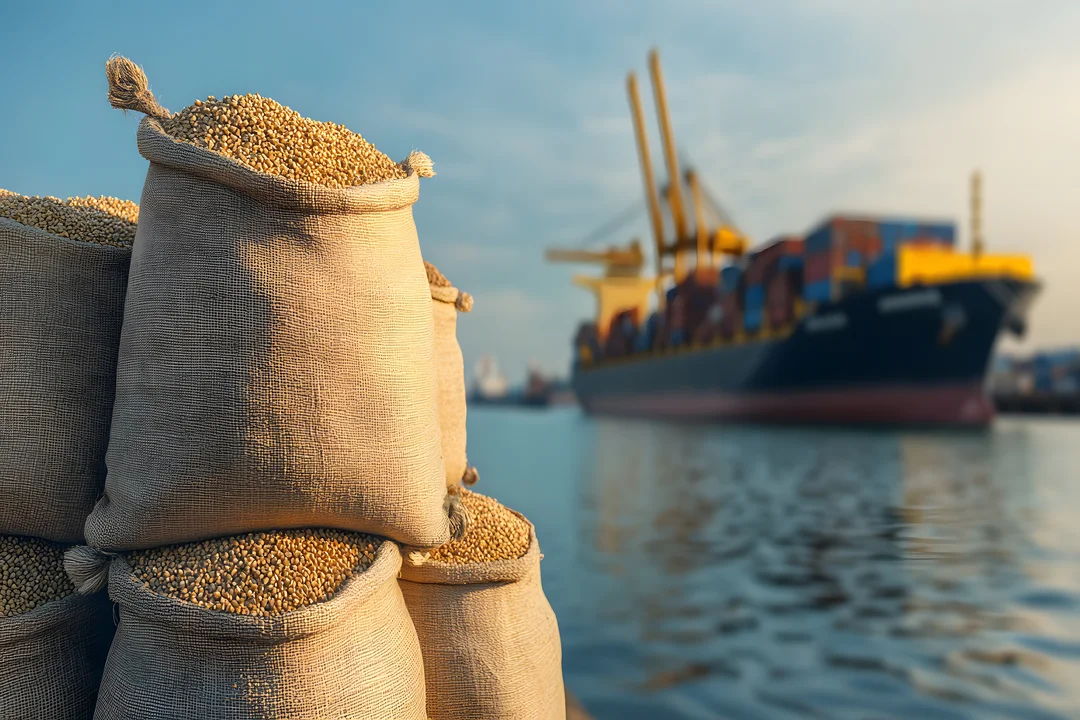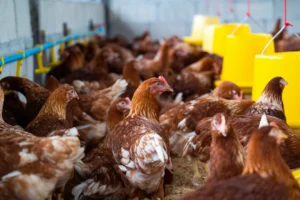The global agricultural markets are facing a challenging year in 2025, with corn and soybean prices experiencing significant volatility. Extreme weather conditions, shifting demand patterns, and geopolitical factors are all contributing to the uncertainty. For businesses reliant on these essential commodities, understanding the forces at play is crucial to navigating the market effectively.
Corn and soybeans are staples in the global food supply chain, used in everything from animal feed to biofuels. However, adverse weather in key producing regions, such as Argentina and Brazil, has disrupted supplies, while strong demand from China and other markets continues to push prices higher. What does this mean for the future of these critical crops, and how can businesses adapt?
Let’s explore the factors driving corn and soybean prices and what the future holds for these vital commodities.
Weather Woes: The Impact on Corn and Soybean Production
Argentina, one of the world’s largest exporters of corn and soybeans, has been hit hard by drought and irregular rainfall. These adverse conditions have significantly reduced crop yields, tightening global supplies. The U.S. Department of Agriculture (USDA) has already revised its production estimates downward, reflecting the severity of the situation.
In Brazil, the world’s top soybean producer, weather conditions have been more favorable, but logistical challenges and infrastructure limitations have created bottlenecks in the supply chain. These disruptions are adding to the pressure on global markets, driving prices higher.
Global Demand: A Key Driver of Price Increases
Strong demand from China, the largest importer of soybeans, is a major factor behind the firm prices. China’s growing livestock industry and increasing demand for animal feed have kept soybean imports at record levels. Similarly, global demand for corn remains robust, driven by its use in ethanol production and animal feed.
In the U.S., corn exports have been strong, with buyers seeking to secure supplies amid tight global markets. This combination of reduced supply and steady demand has created a challenging environment for businesses reliant on these commodities.
What’s Next for Corn and Soybean Markets?
The outlook for corn and soybean markets remains uncertain, with weather conditions and global demand trends playing a critical role. In the U.S., farmers are expected to plant more corn and soybeans in the upcoming season, which could help ease supply constraints. However, the success of these crops will depend heavily on favorable weather conditions.
For businesses, staying informed and proactive will be key to navigating this dynamic market. Diversifying supply sources, investing in sustainable practices, and exploring alternative ingredients are just a few strategies to consider.
Conclusion
The corn and soybean markets are facing a challenging period, with tight supplies and strong demand driving prices higher. For businesses, adapting to these conditions will require creativity, flexibility, and a commitment to sustainability.
At Sax Trading LLC, we understand the complexities of the agricultural market and are here to help you find solutions that work for your business. Whether you’re looking to secure a reliable supply of corn or soybeans or explore alternative options, click the “Get a Quote” button at the top of our website to connect with our experts today. Let’s grow your business together!








